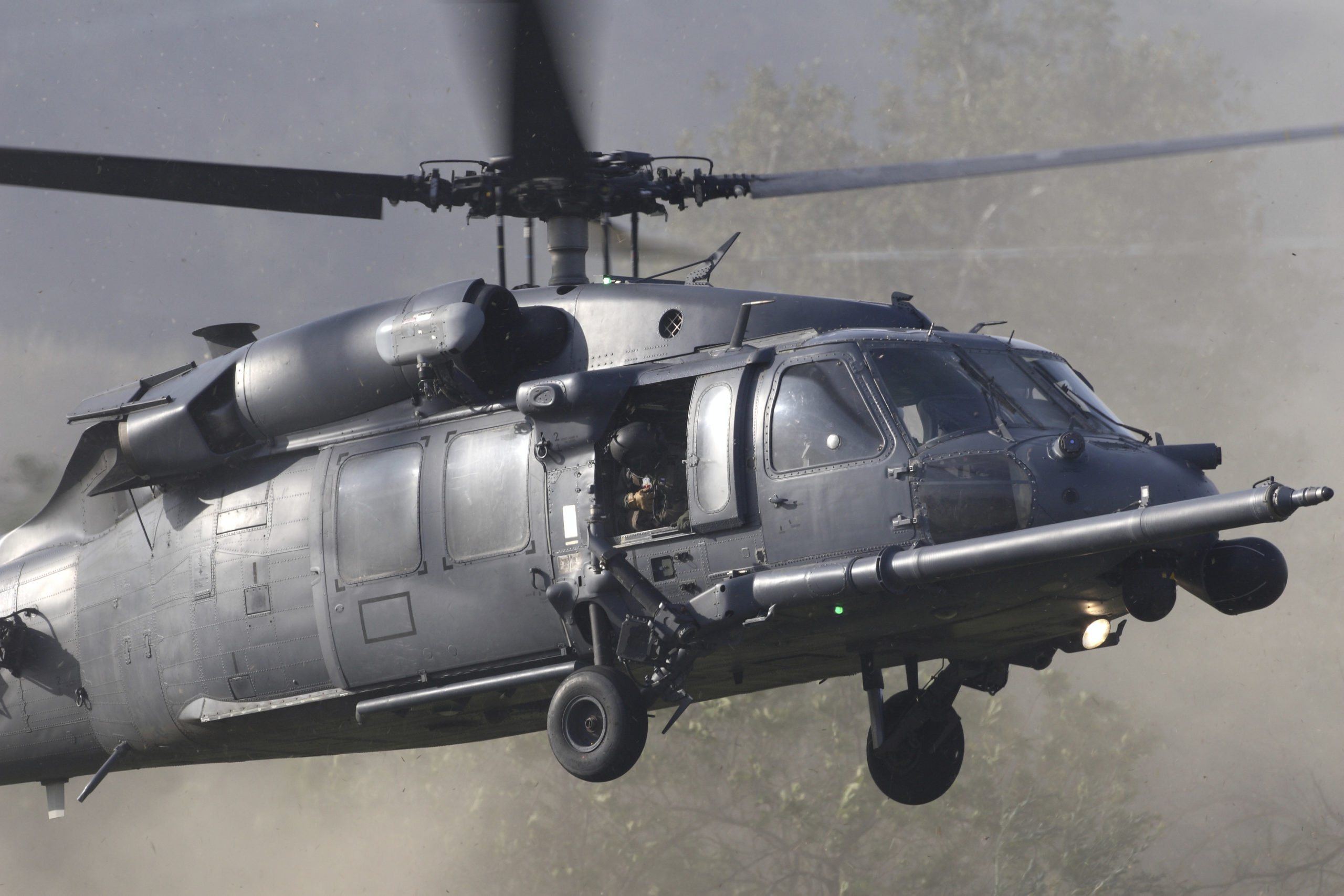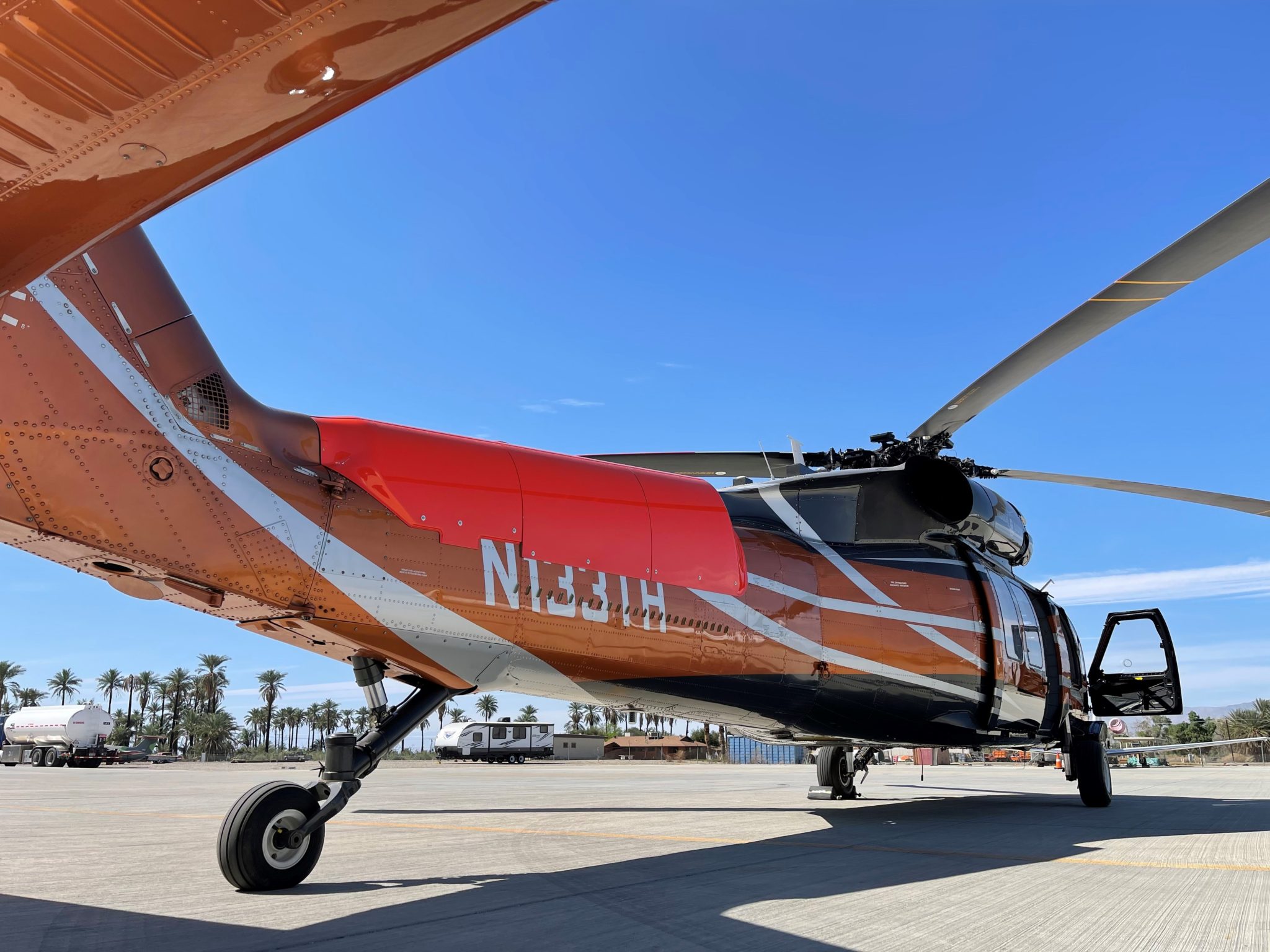Every Little Thing You Need to Understand About the UH 60 Helicopter
The UH-60 helicopter, a foundation of U.S. Army aviation since its launching in 1979, stands for an amazing mix of engineering and functional adaptability. Known for its remarkable rate and variety, the UH-60 has been adjusted for various objectives, from troop transportation to medical discharge. As armed forces demands develop, so also does the helicopter, with continuous advancements targeted at enhancing its abilities and incorporating modern innovations. To fully value the importance of the UH-60 in modern military procedures, one should consider its history, layout, and the future advancements that could redefine its role.
Background of the UH-60
Created in the late 1970s, the UH-60 Black Hawk helicopter emerged as a response to the united state Army's requirement for a functional utility helicopter that might execute a variety of missions under tough conditions. The motivation for its style was the imperfections identified in the earlier helicopters utilized throughout the Vietnam War, specifically in regards to survivability, rate, and ability to move.
The Black Hawk was created by Sikorsky Aircraft, including sophisticated technologies and products to boost its performance and sturdiness. It was formally presented into service in 1979, promptly ending up being a vital possession for military operations - uh 60. Its ability to deliver soldiers, medical discharge, and logistical assistance in both combat and humanitarian objectives made the Black Hawk an indispensable part of the U.S. Army's aeronautics fleet
Throughout the years, the UH-60 has actually been constantly upgraded, adapting to the transforming nature of warfare and the evolving demands of modern armed forces procedures. Its operational background consists of engagement in major conflicts, peacekeeping goals, and disaster relief efforts, strengthening its reputation as a dependable and efficient helicopter in various atmospheres worldwide.

Layout and Specifications
The style of the UH-60 Black Hawk helicopter regularly shows a dedication to functional performance and flexibility. Established by Sikorsky Aircraft, this medium-lift energy helicopter includes a smooth, wind resistant fuselage that boosts rate and ability to move. Its tandem rotor system, characterized by 2 counter-rotating blades, minimizes vibration and raises lift capacity, permitting more secure operations in diverse atmospheres.
The UH-60 is powered by 2 T700-GE-701C turboshaft engines, supplying an optimum rate of about 180 knots and a variety of around 400 nautical miles. Its robust airframe is constructed from advanced composite products, making certain toughness while preserving a reasonably reduced weight. The helicopter has an optimum gross weight of concerning 22,000 extra pounds, supporting a flexible haul setup.

Objectives and duties
A versatile system, the UH-60 Black Hawk helicopter offers a multitude of duties and missions within army procedures. Designed mainly for army transportation, it is capable of lugging as much as 11 soldiers, making it a vital asset for rapid deployment and logistical assistance.
Along with army transportation, the UH-60 masters clinical emptying (MEDEVAC) goals, furnished with advanced medical tools to give important care throughout transportation. Its ability to run in diverse atmospheres boosts its efficiency in combat search and rescue (CSAR) operations, where swift removal of workers is vital.
The helicopter also plays a substantial duty in reconnaissance and monitoring objectives, utilizing onboard sensing units and equipment to collect intelligence. Furthermore, its versatility reaches logistical support, with the ability of carrying products and equipment to ahead running bases - uh 60.
In fight operations, the UH-60 can be furnished with various tool systems, enabling it to provide close air assistance. Its multi-role ability makes the Black Hawk an indispensable tool for contemporary military forces, adjusting effortlessly to the evolving needs of field of battle circumstances and guaranteeing mission success throughout a variety of functional contexts.
Performance and Capacities
Understood for its durable efficiency, the UH-60 Black Hawk helicopter boasts impressive capabilities that improve its functional performance across numerous goals. uh 60. This multi-role aircraft is furnished with powerful twin-engine Turbomeca Arriel 1D1 engines, providing exceptional speed and maneuverability, with an optimum cruise ship speed of approximately 150 knots and an operational variety of around 400 nautical miles
The Black Hawk's advanced avionics and fly-by-wire control systems dramatically boost trip security and handling, allowing it to run in varied environments, including unfavorable weather. Its versatility is further exhibited by its ability to carry as much as 11 totally geared up troops or a payload of around 8,000 pounds, making it excellent for read here army transport, clinical discharge, and logistical assistance missions.
In Addition, the UH-60 is created for survivability, including reinforced airframes, ballistic browse around this site protection for staff and passengers, and progressed countermeasure systems to escape threats. The helicopter's agility and rate, integrated with its capacity for rapid implementation, make it a crucial asset in modern army procedures, guaranteeing that it stays a crucial element of tactical air assistance and battleground flexibility.
Future Dope

One significant emphasis is the combination of sophisticated avionics systems, which will certainly improve situational understanding via boosted navigating and interaction capabilities. This consists of the possible use expert system to help pilots in decision-making and goal preparation.
Additionally, future versions might incorporate sophisticated materials and style features to bolster the helicopter's sturdiness and decrease its radar signature, enhancing survivability in contested settings.
The introduction of hybrid-electric propulsion systems is likewise coming up, intending to enhance gas effectiveness and minimize logistical burdens. Such improvements might expand functional array and lower the helicopter's environmental impact.

Conclusion
The UH-60 helicopter stands for a significant innovation in army air travel considering that its introduction in 1979. Its robust layout, functional capabilities, and continual upgrades ensure its significance in different functional functions, including troop transportation and clinical evacuation. As innovation advances, future advancements will likely improve its efficiency via the assimilation of expert system and hybrid-electric systems. The UH-60's withstanding presence underscores its essential role in modern military operations and highlights the continuous evolution of military aviation innovation.
The UH-60 helicopter, a cornerstone of United state Army aeronautics given that its launching in 1979, stands for an exceptional blend of design and operational flexibility. As military demands develop, so as well does the helicopter, with recurring developments aimed at improving its abilities and integrating modern innovations.The style of the UH-60 Black Hawk helicopter constantly shows a commitment to operational efficiency and convenience. Established by Sikorsky Aircraft, this medium-lift utility helicopter includes a smooth, aerodynamic body that improves speed and ability to move.The UH-60 helicopter represents a substantial development in armed forces air travel considering that its introduction in 1979.
Comments on “The UH 60: A Powerful Helicopter for Search and Rescue, Transport, and Combat”